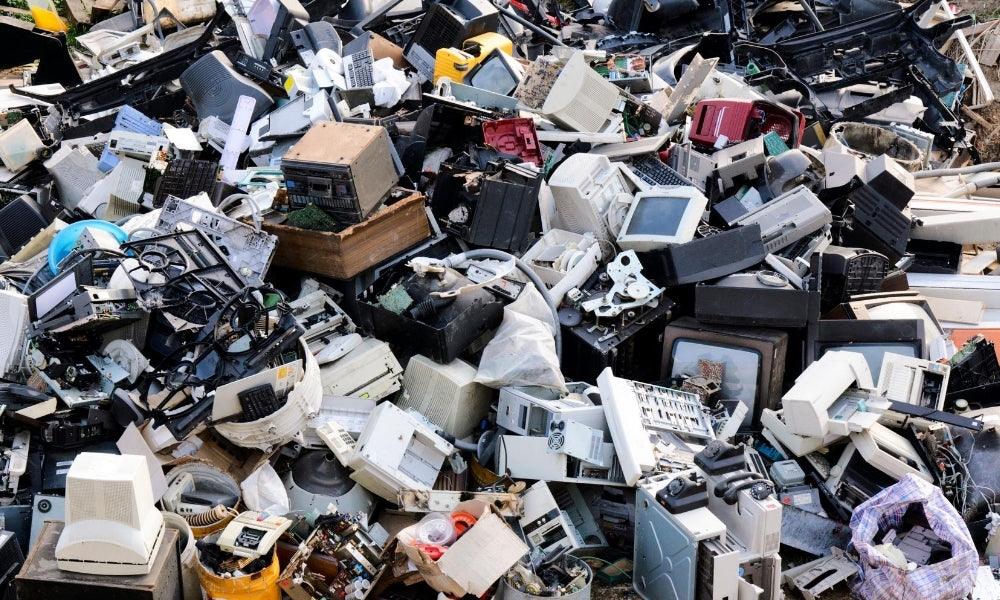What is electronic waste and how to avoid it?
Electronic waste, or e-waste (e-waste), is any type of electronic equipment that ceases to be useful due to replacement by a newer model, lack of use, or damage.
The WEEE (Waste of Electrical and Electronic Equipment) include a wide variety of equipment and are divided into categories:
1 - Temperature regulation equipment (e.g., refrigerators, freezers, air conditioners)
2 - Screens, monitors, and equipment with screens with a surface area greater than 100 cm2 (e.g., televisions, laptops, monitors)
3 - Lamps
4 - Large equipment - larger than 50 cm (e.g., washing machines and dishwashers, stoves, musical equipment)
5 - Small-sized equipment - less than 50 cm (e.g., vacuum cleaners, microwaves, toasters, clocks, calculators)
6 - Small-sized computer and telecommunications equipment - with no external dimension exceeding 50 cm (e.g., mobile phones, GPS)
In 2018, 48.5 million tons of e-waste were produced on the planet. In 2019 the number rose to 53 million tons. Of this astronomical amount, only 17% was properly recycled. A study by the UN estimates that by 2050 we will produce about 120 million tons of WEEE.
The interior of most electronic equipment is made up of various types of metals such as gold, silver, palladium, copper, and aluminum. Incorrect recycling of WEEE leads to these metals not being recovered or reused, ending up in landfills or incinerated. The big problem with this process is the release of toxic substances into the atmosphere, soils, and oceans. These materials end up contaminating ecosystems, including animals or plants that humans may later ingest, affecting our health. Future generations will be the ones to feel the effects of this poor waste management.
The United States, China, and Europe, the largest producers of WEEE worldwide, export their electronic waste, sometimes illegally, to underdeveloped countries in Asia or Africa. In these third world countries, many people make a living searching for parts that can be sold amid WEEE landfills. There, the air is toxic due to open-air waste burning. Those who handle all those metals daily without protection end up getting sick very early due to constant exposure to poisonous substances.
What can we do to avoid producing so much electronic waste?
1 - Do not buy electronic equipment that we do not need
According to a study by Marketwatch, on average, users buy a new mobile phone every 15 months. Whether it is due to the desire to have the latest model, or because of damage whose repair costs almost as much as a new device. The most effective way to contribute to a planet with less e-waste is to extend the life of electronic products by taking good care of them. This way, you avoid buying a new one so often.
2 - Buy refurbished products
If you need to buy an electronic device, you can opt for a Refurbished one. These are products that were discarded by the previous user, underwent rigorous maintenance and replacement of some parts, and returned to the market with a much more affordable price and a 1-year warranty. This type of recovery gives new life to technological devices and contributes to the circular economy model. The refurbished market has avoided the waste of thousands of tons of WEEE and generated more and more jobs.
3 - Recycle correctly
If your electronic equipment has no possible "salvation," make sure you DO NOT throw it in the regular trash. On the website http://www.ondereciclar.pt/ you can check the electronic waste collection points closest to you and thus ensure that your broken equipment will be properly recycled!



Share this article:
Why buy refurbished laptops for businesses?
The 4 best alternatives to Microsoft Office